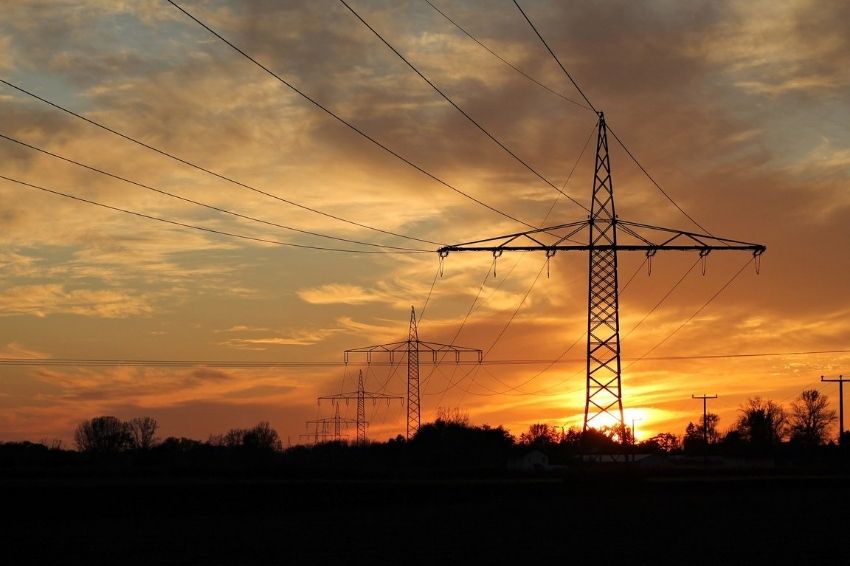O Federal government authorized the start of operation of a new transmission line in the municipalities of Pirapora and Presidente Juscelino, in the State of Minas Gerais, with the aim of transporting electricity from the North and Northeast regions to the rest of the country.
The new line will help minimize the effects of the water crisis, as it will contribute to the flow of energy from the Belo Monte Hydroelectric Plant, in the State of Pará, and from wind and photovoltaic generators located in northeastern municipalities.
According to the Union, the new line will help restore storage levels in reservoirs in the Southeast, Central-West and South regions during the rainy season, and also for the optimized use of the resource during drier periods, with consequences for the reduction in consumers' electricity tariffs.
The new transmission line is 177 kilometers long and allows an increase of 800 MWm in energy transfer – a value capable of supplying a surplus, for example, of greater Florianópolis (demand of 530 MWm).
Reservoirs
With the start of the rainy season in November, the level of reservoirs in the South, Southeast and Central-West regions began to show a small improvement in relation to the critical state they were in previously. However, the situation is still below recommended levels.
The most complicated situation continues to be that of the Southeast/Central-West subsystem, which concentrates around 70% of all water stored in the country. There, the hydroelectric plants in the two regions operated, this Thursday, with less than a fifth of their capacity (19.38%).
This is a better number, but still very close to those recorded during the dry period (18% in September). At the time, the Três Irmãos and Ilha Solteira hydroelectric plants began operating at dead volume.O, within the limit of the minimum operating quota. Currently, the situation, even with all the rain already recorded, remains the same.
The hydroelectric plants that make up the southern region of the country, at least, gained greater respite compared to September. The average reservoir level rose from 26.9% to 54.98%. The space concentrates approximately 7% of the entire volume of water stored in Brazil.
















